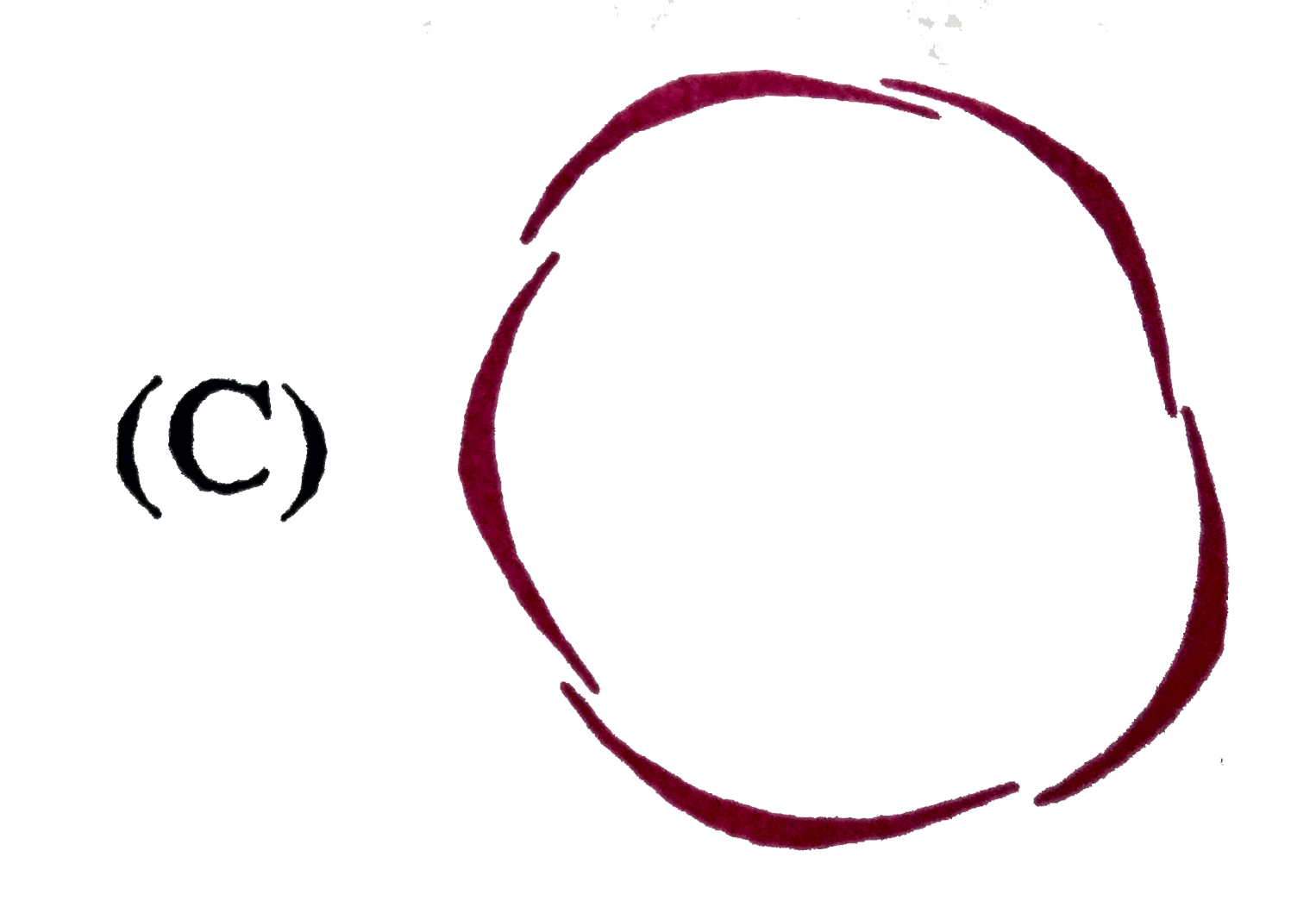Aestivation of petals in the flower of lady finger is correctly shown in




The correct Answer is:D
To determine the correct type of aestivation of petals in the flower of lady finger, we need to analyze the different types of aestivation and identify which one corresponds to the lady finger flower.
1. Understanding Aestivation:
- Aestivation refers to the arrangement of sepals and petals in a floral bud. It describes how petals and sepals are positioned relative to each other before the flower opens.
2. Identifying Types of Aestivation:
- Auxiliary Type: This type features a large standard petal with two smaller wing petals and a fused keel. The arrangement can be represented as 1+2+2.
- Valvate Type: In this type, petals just touch each other at the margins without overlapping. This is seen in flowers like Calotropis.
- Imbricate Type: This type involves irregular overlapping of petals. Some petals overlap on one side while others do not, as seen in flowers like Cassia and Gulmohar.
- Twisted Type: In this arrangement, petals overlap regularly, with one petal on the outside and the next on the inside. This is the type found in flowers like lady finger, cotton, and china rose.
3. Analyzing the Lady Finger Flower:
- The flower of the lady finger (Abelmoschus esculentus) exhibits a twisted type of aestivation. This means that the petals are arranged in a way that they overlap regularly in a twisted manner.
4. Conclusion:
- Based on the analysis, the correct type of aestivation of petals in the flower of lady finger is the twisted type.
Final Answer:
The correct answer is the twisted type of aestivation.
- Aestivation refers to the arrangement of sepals and petals in a floral bud. It describes how petals and sepals are positioned relative to each other before the flower opens.
- Auxiliary Type: This type features a large standard petal with two smaller wing petals and a fused keel. The arrangement can be represented as 1+2+2.
- Valvate Type: In this type, petals just touch each other at the margins without overlapping. This is seen in flowers like Calotropis.
- Imbricate Type: This type involves irregular overlapping of petals. Some petals overlap on one side while others do not, as seen in flowers like Cassia and Gulmohar.
- Twisted Type: In this arrangement, petals overlap regularly, with one petal on the outside and the next on the inside. This is the type found in flowers like lady finger, cotton, and china rose.
- The flower of the lady finger (Abelmoschus esculentus) exhibits a twisted type of aestivation. This means that the petals are arranged in a way that they overlap regularly in a twisted manner.
- Based on the analysis, the correct type of aestivation of petals in the flower of lady finger is the twisted type.
The correct answer is the twisted type of aestivation.
Topper's Solved these Questions
Similar Questions
Knowledge Check
Aestivation of petals in the flower of cotton is correctly shown in
A B
B C
C D
D
Aestivation in the flower of Calotropis is
View SolutionAestivation found in pea flowers is
View SolutionAestivation of petals in family Malvaceae is :-
View SolutionLady's Finger is actually
View SolutionElectron affinity of the elements or ions is correctly shown in
View SolutionWhich of the following correctly depicts the aestivation of petals in the flower of cotton ?
View SolutionThe variation equivalent conductance of stronge electrolyte with √Concentration is correctly shown in the figure.
View Solution
